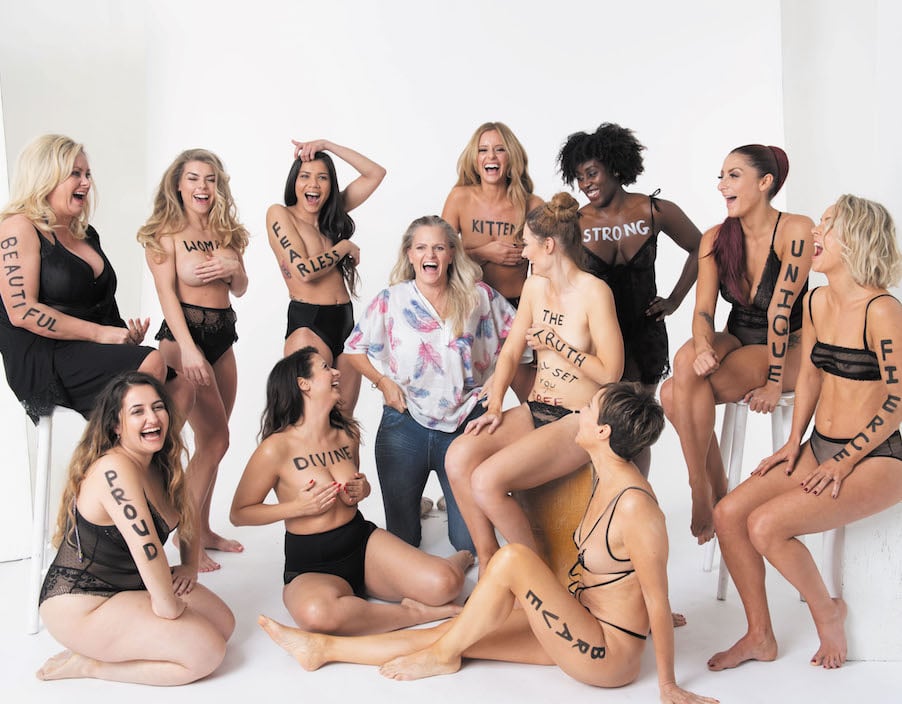The bank was once the holy grail for finance but there’s been a significant shift over the past decade with the creation of crowdfunding platforms. No longer does the success of a company hang in the balance based on the mood of a bank manager that may or may not grasp the entrepreneur’s concept. That power now rests with consumers – the crowd if you will.
The chore of securing cash is one of the very reasons a rather well-known UK crowdfunding platform was founded in 2011. “Darren and I launched Crowdcube after experiencing first-hand the challenges of raising finance to get a business idea off the ground or take it to its next phase of growth,” says Luke Lang, CMO and co-founder of Crowdcube. He notes there was a general conversation across the business landscape about how difficult it was to get a company up and running. “Banks had become much stricter with lending, government grants for enterprise had been scrapped and active angel investors were few and far between,” he adds. “Crowdcube presented and, still does present, a way of solving that problem.”
As it stands, Crowdcube has had 820 rounds generating a grand total of £500m for the likes of craft beer business BrewDog through to luxury travel company Mr & Mrs Smith, showcasing how the model works across sectors.
But what exactly is crowdfunding? Well, simply put, it’s receiving funding from the crowd – a group of individuals that buy into a business idea, figuratively and literally, for shares within that particular company. “Equity crowdfunding enables you to invest alongside a diverse group of people – including retail investors, angels and venture capital firms – in companies that aren’t listed on the stock market,” says Lang.
Indeed, the advantages of the access to a more diverse population of investors is very clear after Killing Kittens achieved a “sector first” by securing investment through crowdfunding in 2018. The 2005-launched sex party organiser is all about female empowerment and it seems to have been a game-changer for the marketplace in which it operates and crowdfunding generally. “Our business was classified and sat as a brand in the adult industry,” explains Killing Kittens founder and CEO Emma Sayle. “Killing Kittens was the first adult classed business to embark on a public crowd raise.”
Sayle turned to equity crowdfunding platform Seedrs to raise the capital for Killing Kittens. From its launch in 2005, the startup today counts more than 120,000 men and women among its customer base. And, from a quick glance at Seedrs where the most popular funding campaigns at the moment revolve around insurance, banking and clothing, it’s easy to see why the adult-facing firm stood out. “As a brand that continues to lead the charge in the female adult sector, we like to set the standard for the sector,” says Sayle of why crowdfunding appealed. “Rather than accepting private equity investment we instead opted to offer the chance to invest in the brand to our own ‘Kommunity’ first.”
The foray into uncharted territory worked wonders for Killing Kittens as it essentially achieved a 118% investment of its £500,000 goal, which took it to £598,100. Sayle successfully sought investors of all sizes, ones who would back the company vision of promoting “unforgettable experiences that continue to inspire confidence, sexuality and femininity whilst continuing to push the boundaries for female expression.” There was a huge range of investments being pumped into the company, with everything from £10 to £50,000. “Killing Kittens has always been about community so this seemed like the best fit for this first raise,” Sayle continues. “I would rather have 300 investors all feeling part of the business than five city boys.”
The case of Killing Kittens is just one of many examples of successful rounds. And as Crowdcube approaches 1,000 successful campaigns, Lang explains that in the beginning he knew the business had “huge potential” but even he’s surprised by the market’s evolution. “I don’t think when we started we knew exactly where it would take us but it’s clear now that the impact equity crowdfunding has had on the investment market in the UK and increasingly globally has been huge,” he says.
That “huge impact” has presented opportunities for new crowdfunding to take shape in other forms. For example, The House Crowd is a platform that’s focused solely on property investments. But how does its model differ from other equity crowdfunding services? “The House Crowd is focused purely on debt-based crowdfunding in the form of peer-to-peer lending secured against UK property,” details Frazer Fearnhead, CEO and co-founder of The House Crowd.
So it’s not just a matter of business diversity that crowdfunding enables. The way it’s used has been adapted to suit broader enterprise needs over the past decade that it’s grown in prominence. “We’re seeing increased interest in debt-based crowdfunding for investment in business or property projects, along with reward and donation crowdfunding for creative or charitable projects,” says Fearnhead. “The crowdfunding market is also underpinned by better recognition from regulators and better technology than ever before – so continued growth looks very promising.”
Still, despite expecting growth, Fearnhead advises caution in terms of challenges. Entrepreneurs should do their due diligence to ensure everything is up to code before being seduced by pound signs. “As with any industry there are some charlatans and fraudsters,” Fearnhead warns. “For obvious reasons, the investment space in particular is susceptible to fraud and malpractice and that includes crowdfunding platforms. Reputable crowdfunding platforms have to distance themselves from fraudulent practices, being as transparent with investors as possible.”
There are other difficulties that business leaders should also bear in mind when embarking on a crowdfunding campaign. Sayle discovered generating the funds while also continuing to scale Killing Kittens was a serious juggling act. “The first challenge came from getting the project online and ready,” she recalls. “We were mid-build, we had a tech road map to keep to, so we were building and raising at the same time. We began the crowdfund process at the end of December 2017 and closed in July 2018. Finding the time to fit the raise in whilst continuing running Killing Kittens was very challenging at times.” Other planning issues included ensuring there was a good deal for investors without shortchanging the company but also trying not to overthink and stress about the process.
The preparation paid off when the campaign went live. After raising 70% of the crowdfunding privately through the Killing Kittens community in one day, Sayle opened it up on Seedrs where the rest of the money took 28 days to arrive. “I questioned myself constantly – ‘Have we got this right?’, ‘Why is it taking so long to raise?’ ‘Did I get that wrong?’ and so on,” she says. “Thinking about it now, perhaps being nine months pregnant at the time of going public on the platform was adding to the trepidation.”
In the same way Killing Kittens leant on its community for support, it was the same case for craft peanut butter brand ManiLife. “ManiLife’s community is incredible so I wanted to give them a chance to pledge their support,” says founder Stu Macdonald. The foodie firm secured £282,000, which wasn’t bad at all considering it only sought £100,000 – a target that was reached at pace. “We actually hit our original target of £100,000 in about half an hour,” details Macdonald. Offering how it was achieved, he adds: “It’s basically a mix of building anticipation, a large group of small value interest-led investors and a small group of high value investors. It worked out better than expected.”
ManiLife didn’t stop there. It went on to secure another round, this time for £700,000. “Second time round was a lot more intense as we were raising a lot more money,” admits Macdonald. “We kept the round open for several weeks so it was a completely different experience.” The other difference he discovered from the two rounds is how much came from customers and how much was from Seedrs. “About 90% of the original raise was from ManiLife’s network,” he reveals. “This was vastly different the second time round – closer to 50:50.”
Having achieved success through the model not once but twice, it’s a matter of if it ain’t broke, don’t fix it for Macdonald. “I’ve been lucky enough to run two very successful funding rounds and meet some fantastic people in the process,” he says. “I’d keep everything the same in case my luck runs out.”
Building on that, while Sayle found there were things that troubled her with crowdfunding, she’s more than happy to use it again and will do so very soon. “We’re starting a Series A raise in May for approximately £4m, of which we are planning £1m via Seedrs as a public crowd raise again,” she says, highlighting the power of community. “But we’re also opening this raise up to funds and private individual investors as they bring expertise and advice to the table, in tandem with their investment.”
So where is crowdfunding heading in the future? According to Lang, while Crowdcube’s mission remains the same, the market has evolved in that it’s not just startups that benefit from it but developed companies too – and that’s a positive. “Equity crowdfunding is now firmly established as an accessible way to fund startups and growth companies – it’s now part of the mainstream with a strong track record of helping young companies grow,” Lang says. Concluding with a look into the future, he adds: “We’d certainly want to be giving the banks a run for their money and based on how far the industry has come in the last eight years, I think it’s achievable.” ![]()
Share via:


















































